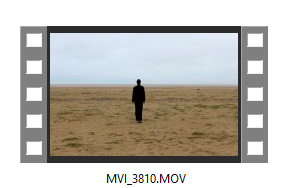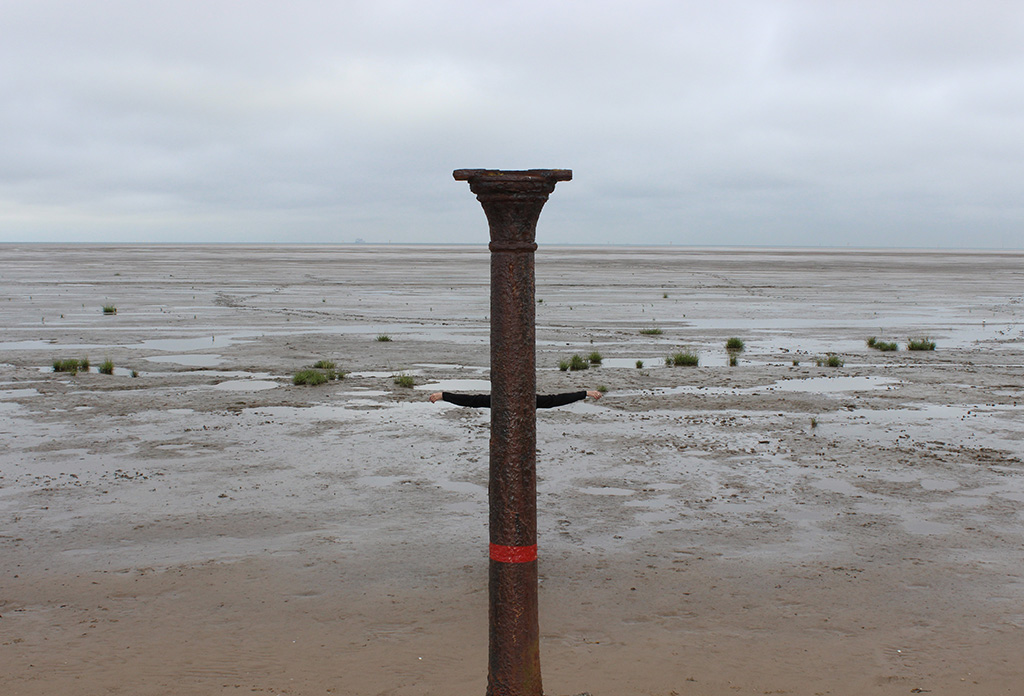… the point may be compared to an instant of time, and the line may be likened to the length of a certain quantity of time, and just as line begins and terminates in a point, so such a space of time begins and terminates in an instant.1
—Leonardo Da Vinci

I place one foot in front of me then the other, each step moves me closer to the horizon line. My eye traces the curvature of the earth, anticipating a point directly in front of me. My body vertical to the horizon line forms a cross signalling a point of inter-section, a centre, a place of origin.2 Your words circle me like an incantation, ‘you just tear off a blank white page and, according to your mood, start writing’.3
I begin by writing these words drawn from your critical poem Music and Letters and now I sound out the words casting them into the wind like a spell.4 It sounds simple, one word then another forming a line, each line approaching its end, its dot, full stop. But it isn’t this simple. ‘The line has in itself neither matter nor substance and may rather be called an imaginary idea than a real object; and this being its nature it occupies no space.’5 These are Leonardo Da Vinci’s words, words that give way to paradox for line is both present and absent conceived in the mind as an idea, embodied first in the imagination as a concept and given form in an act that signals an encounter with time and space. Da Vinci’s concept of the line has its roots in Euclidean geometry, in linear perspective and in an account of representation that privileges vision.6 In Leon Battista Alberti’s treatise De Pictura, linear perspective provides a model for depicting objects in space; Alberti’s window on the world is a construct based on numerical values.7
I feel my foot press into the soft ground, each step moving me forward. I picture Alberti’s pyramid, a line connecting me to a point directly in front of me that does not exist.8 I consider line, its relation to time to space and how such a construct can be used to shed light on the differences and similarities in writing, painting and music.

I begin at the centre of your poem.
AS IF | A simple insinuation | in the silence inrolled ironically | or | the mystery | hurled down | howled out | in some imminent swirl of hilarity and horror | hovers on the brink of the abyss | without sprinkling it | or escaping | and draws from it the soothing virgin sign | AS IF.
...
1 The Notebooks of Leonardo Da Vinci, originally published as The Literary Works of Leonardo Da Vinci, trans. by Jean Paul Richter 1883, Vol. II, XV. Astronomy, Of time and its divisions, pp. 916–918.
2 This is an excerpt from Dialogue I: Mallarmé Me Marcel. Two films corresponding to this dialogue show a performative reading of Stéphane Mallarmé’s poem Un Coup De Dés, exhibited at Sheffield Institute of the Arts in 2016.
3 Stéphan Mallarmés; Divagations, trans. by Barbara Johnson (Harvard: Harvard University Press, 2009), p. 191. [Divagations, Paris: Bibliotecque-Charpentier, 1897].
4 Ibid. pp. 173–198.
5 The Notebooks of Leonardo Da Vinci, Vol II. Linear Perspective, Definition of the Nature of the Line, pp. 47–48.
6 See The Notebooks of Leonardo Da Vinci, Vol II. Linear Perspective, Definition of Perspective, p. 50.‘Drawing is based upon perspective, which is nothing else than a thorough knowledge of the function of the eye. And this function simply consists in receiving in a pyramid the forms and colours of all the objects placed before it. I say in a pyramid, because there is no object so small that it will not be larger than the spot where these pyramids are received into the eye. Therefore, if you extend the lines from the edges of each body as they converge you will bring them to a single point, and necessarily the said lines must form a pyramid.’ Da Vinci describes painting as the more noble art because it is based on vision and vision is scientifically measurable. Da Vinci makes a distinction between painting and poetry: while both in his account seek to imitate nature, he privileges the eye over the ear. In his account the eye is closer to truth.
7 See Joel Snyder’s excellent account of Alberti’s application of linear perspective in his essay Picturing Vision, included in The Languages of Images, edited by W. J. T. Mitchell, pp. 219–246. Snyder singles out Alberti’s ability to conceive of the mental construct, the image as a picture. The genius of Alberti he goes on to say was not simply in conceiving of a visual image as a picture; he also provided a method by means of which that image could be projected and copied by art (p. 240).
8 For a full account of Leon Battista Alberti's treatise see, On Painting and on Sculpture The Latin Texts of ‘De Pictua’ and ‘De Statua’, ed. and trans. Cecil Grayson (London, 1972). Interesting to compare with Da Vinci who was influenced by the ideas of Alberti, see Vol I, II. Linear Perspective and IV. Perspective of Disappearance in The Notebooks of Leonardo Da Vinci.
9 For translation of Un Coup De Dés I refer to Stéphane Mallarmé, Collected Poems and Other Verse translated by E. H. and A. H. Blackmore, my preferred translation of the poem.